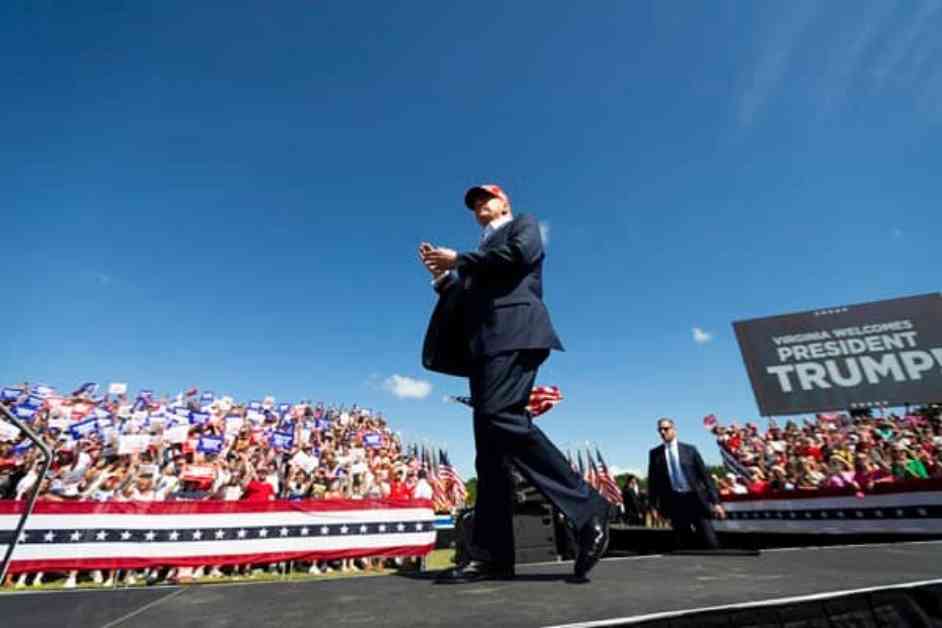Protectionist tariff policies, like the ones proposed by Donald Trump, could have a negative impact on U.S. manufacturing investment. Research conducted by the Frankfurt School of Finance & Management suggests that increasing tariffs on imported inputs could discourage manufacturing firms from investing. The study found that reducing tariffs actually encourages manufacturing firms to increase their investments, especially when it comes to raw materials and manufacturing inputs.
The research, led by Associate Professors Thorsten Martin and Clemens Otto, analyzed historical U.S. import data to understand how changes in tariffs affect investment patterns in the manufacturing sector. They found that a 10% reduction in tariffs on manufacturing imports led to a 5% increase in investment by U.S. manufacturing firms. On the other hand, raising tariffs could lead to a decrease in investment as it raises input costs for many manufacturing industries.
The study also revealed that lower tariffs are associated with downstream benefits such as increased profitability, productivity, output, and employment. While protectionist trade policies may offer short-term protection for domestic industries by limiting foreign competition, the long-term effects could be detrimental. Increasing tariffs on production inputs like steel and aluminum could raise input costs and reduce the competitiveness of the manufacturing sector and the overall U.S. economy.
According to Professor Martin, Trump’s ‘America First’ doctrine and focus on protectionist trade policies may not be beneficial in the long run. While tariffs can protect certain domestic industries from foreign competition, they can also increase input costs and hinder manufacturing investment. The research suggests that high import tariffs, especially on industries at the early stages of the production chain, could have significant negative effects.
Overall, the study highlights the importance of considering the impact of tariffs on manufacturing investment and the broader economy. It shows that reducing tariffs on manufacturing inputs can stimulate investment and lead to positive outcomes for the manufacturing sector. By understanding the relationship between tariffs and investment, policymakers can make more informed decisions that support long-term growth and competitiveness in the manufacturing industry.












